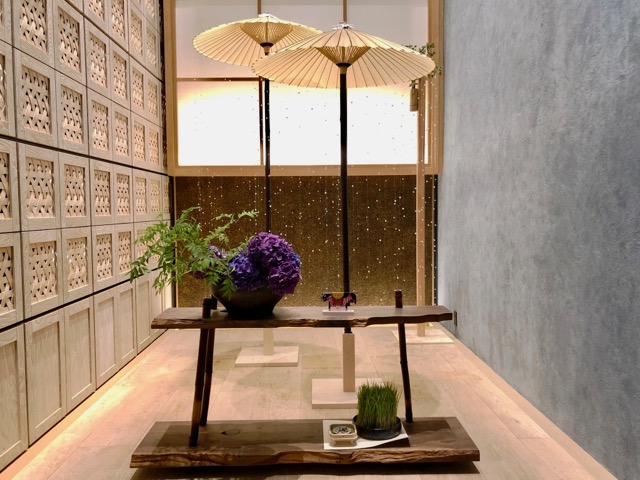
Imagine an open-air onsen hot spring bath, twenty stories above the Otemachi financial district. Or an elevator with pristine tatami mat flooring, whisking you – shoeless – from the streets of Tokyo to a quiet, shoji screen-lined hall.
The Hoshinoya Tokyo is filled with these delightfully incongruous experiences that bring the traditions of a ryokan to a modern city highrise.
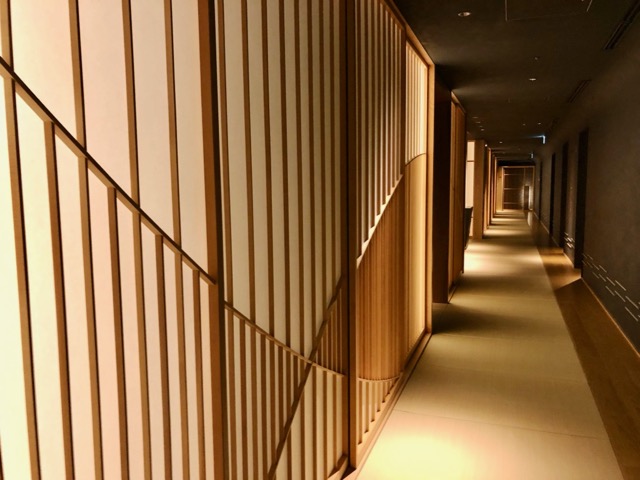
Each floor has just six rooms and a small ochanoma lounge with seating areas, books, and a selection of snacks and beverages, so you feel like you’re staying in a small inn rather than a hotel. The whole building is shoe-free – the staff keep them in small cabinets in the entryway – and all the corridors and rooms have tatami mats, cool and textured beneath stocking feet.
Because of the location in an office district, there’s not much of a view, but the building is clad in striking metalwork outside the floor-to-ceiling windows. They can be closed off by sliding shoji panels, making the room feel quiet and cosy. It’s also wonderfully modern inside, with a glass-enclosed bathroom that turns opaque at the touch of a button.
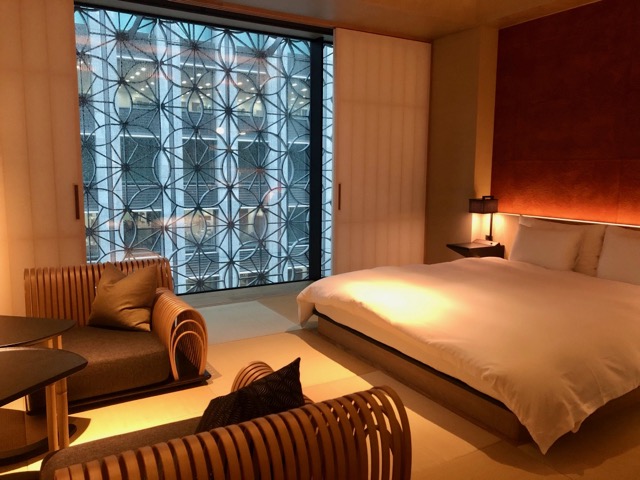
During our stay, D and I made it a habit to head upstairs after dinner for a restorative soak in the onsen. You need to be ok with public nudity (segregated by gender, of course), but if you can overcome that worry there’s a magical experience waiting.
First, deposit your robe into a basket and grab a towel. Then head to the shower area for the de rigeur pre-onsen cleansing before stepping into a shallow pool that leads to a low, narrow corridor. At the other end, twenty-foot dark stone walls stretch up to reveal the night sky above.
The bath water is piped from deep below the hotel, and it has the slippery soft feel (and slightly sulfuric odor) of the mineral-rich waters of a true onsen. The bath is just above body temperature, perfect for soaking in the cool air.
Traditions continue in the second floor reception area, where there is a nightly “grand kagura” performance of juggling and acrobatics, paired with a sake and Japanese wine tasting. Quite fun! (And if you’re adventurous, you can try out your skills too!)
There are also lessons in making matcha the traditional way, with a bamboo whisk. I’m still perfecting my technique to get perfectly frothy tea.
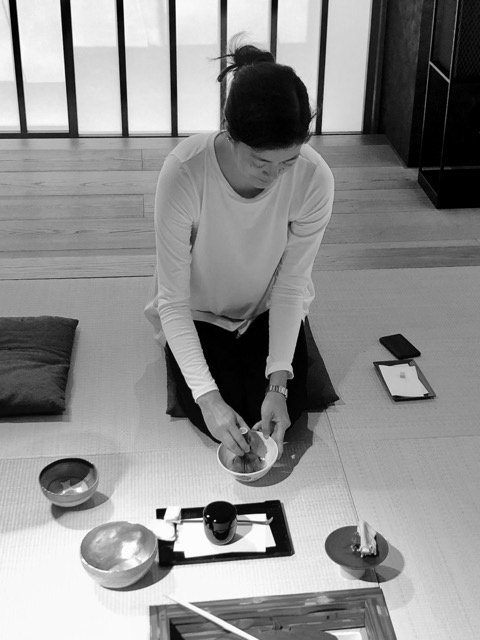
As in any ryokan, breakfast is delivered to your room and there is the usual choice of Japanese or western. The Japanese breakfast had everything you could want – rice, miso soup, small dishes of vegetables and pickles, salad, grilled fish (beneath the striped wooden lid), hot tea, and desserts of sesame custard and fruit salad.

We ended up requesting a light version of the western breakfast most days (skipping the eggs and meat) – just fresh baked breads, fruit, and yogurt, plus coffee and juice.

Perhaps my favorite thing to do at the Hoshinoya was stopping by the ochanoma in the morning, where one of the lovely staff members was available to prepare delicious pour-over coffee and chat about plans for the day, answering questions and offering suggestions of things to do.
After all, the most important element of a traditional Japanese inn – even more than tatami mats, onsen baths, or in-room breakfasts – is personal attention.
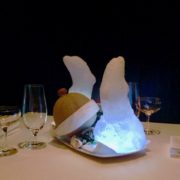 Next: French Classique
Next: French Classique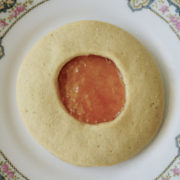 Grandma’s apricot filled cookies
Grandma’s apricot filled cookies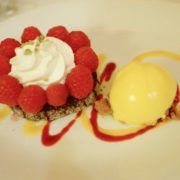 Numéro 75, Avignon France
Numéro 75, Avignon France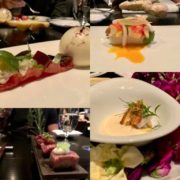 Next: Alinea
Next: Alinea
Sounds wonderful – could be an invitation to make a reservation. Like the Michelin rating “Worth a Journey”.
Perfect for our next trip 🙂
Thanks for this –